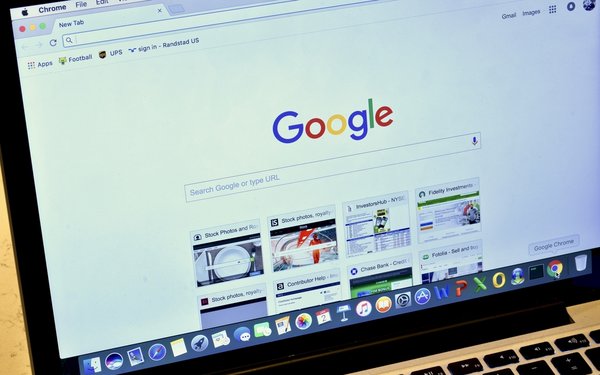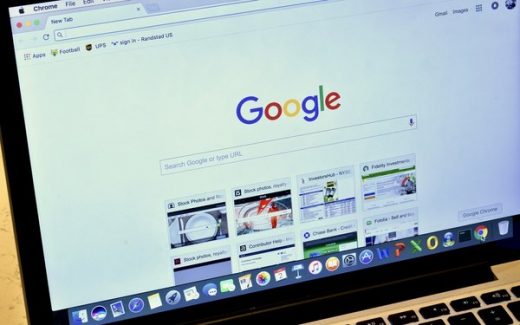Google Local Inventory Ads Begin To Have A Measurable Impact On Campaigns
Google Local Inventory Ads Begin To Have A Measurable Impact On Campaigns
by Laurie Sullivan @lauriesullivan, April 25, 2017

Mobile may have become the catalyst to drive up performance for Google AdWords Local Inventory Ads (LIAs). The ad unit, which launched a few years ago, has become an important part of paid-search campaigns for brands with brick-and-mortar locations — to such an extent that the digital agency Merkle has begun to highlight the ad unit in its DMR Q1 2017 benchmark report published Tuesday.
The LIA ad unit, a variation of Google Shopping Ads, serves up in query results when triggered by a search for something local. To run these ads, the advertiser must provide Google with local product inventory feeds for every location intended for inclusion in LIA targeting. Google follows up with in-store quality checks to ensure the information provided in local feeds is accurate.
These ads mostly promote products that consumers can pick up in local stores. Some brands are seeing a much higher share of Google Shopping traffic come from them, particularly brands that sell items that are expensive to ship or are more likely to require in-store interaction for purchase.
“LIAs are more complicated to get up and running than standard PLAs, and that has held back more widespread adoption,” said Mark Ballard, senior director of research at Merkle. “As a larger and larger share of searches takes place on mobile, where Google is more likely to serve LIAs and often only shows LIAs, the opportunity is too great to pass up, even if there are more hoops to jump through to get going.”
Bing does not offer an equivalent product and is still playing catch up with traditional product ads, Ballard said.
One unnamed brand using LIAs garnered 68% of all Google Shopping phone traffic and 25% of desktop traffic, per the report.
Overall in Q1 2017, these ads accounted for 19% of all phone Google Shopping traffic for the median brand deploying them. Desktop and tablet traffic share were smaller at 3%, as searchers are usually more likely to head to local stores when using a phone. The ads also tend to have a higher click-through rate (CTR) that traditional product listing ads (PLAs), per the report.
PLAs also continued to show strength in the first quarter of 2017, per Merkle. The click volume for Google PLAs grew 39% year-over-year (YoY) in the quarter — four times the rate of Google text ad-click growth. Bing and Yahoo Gemini text ad clicks fell 19%, while Bing Product Ad Clicks fell 4%. The report suggests that the average cost per click (CPC) rose for all formats except Google PLAs. Partner and mobile traffic growth had a large impact and held down CPC growth.
PLAs now make up more than half of retailers Google search ad clicks. In aggregate, PLAs produced 52% in the first quarter of 2017, up from 48% sequentially.
Overall, marketers spent 21% more on Google search advertising in the first quarter of 2017 compared with the prior year’s quarter, up from 19% growth in Q4. Clicks rose 20%, while CPCs rose 1%.
Bing Ads and Yahoo Gemini combined search ad spend fell 14% YoY in the first quarter, compared with a 13% decline in the fourth quarter of 2016. Bing Product Ad spending held flat YoY, while Bing text ad spend declined 16% with a 19% decline in clicks.
The report also outlines smartphone and tablet use. Phones produced 43% of all organic search visits, with tablets at 10%. For Google, the two devices generated 56% of organic search visits — up from 54% in the fourth quarter, but below the 62% of paid Google clicks produced by mobile devices.
The study also mentions that Google is also driving small, but incremental growth from the expansion of ads on Google Maps. It’s seen mostly for brand searches on mobile devices, as Google attempts to monetize the rise of searches with local intent.
MediaPost.com: Search Marketing Daily
(42)


